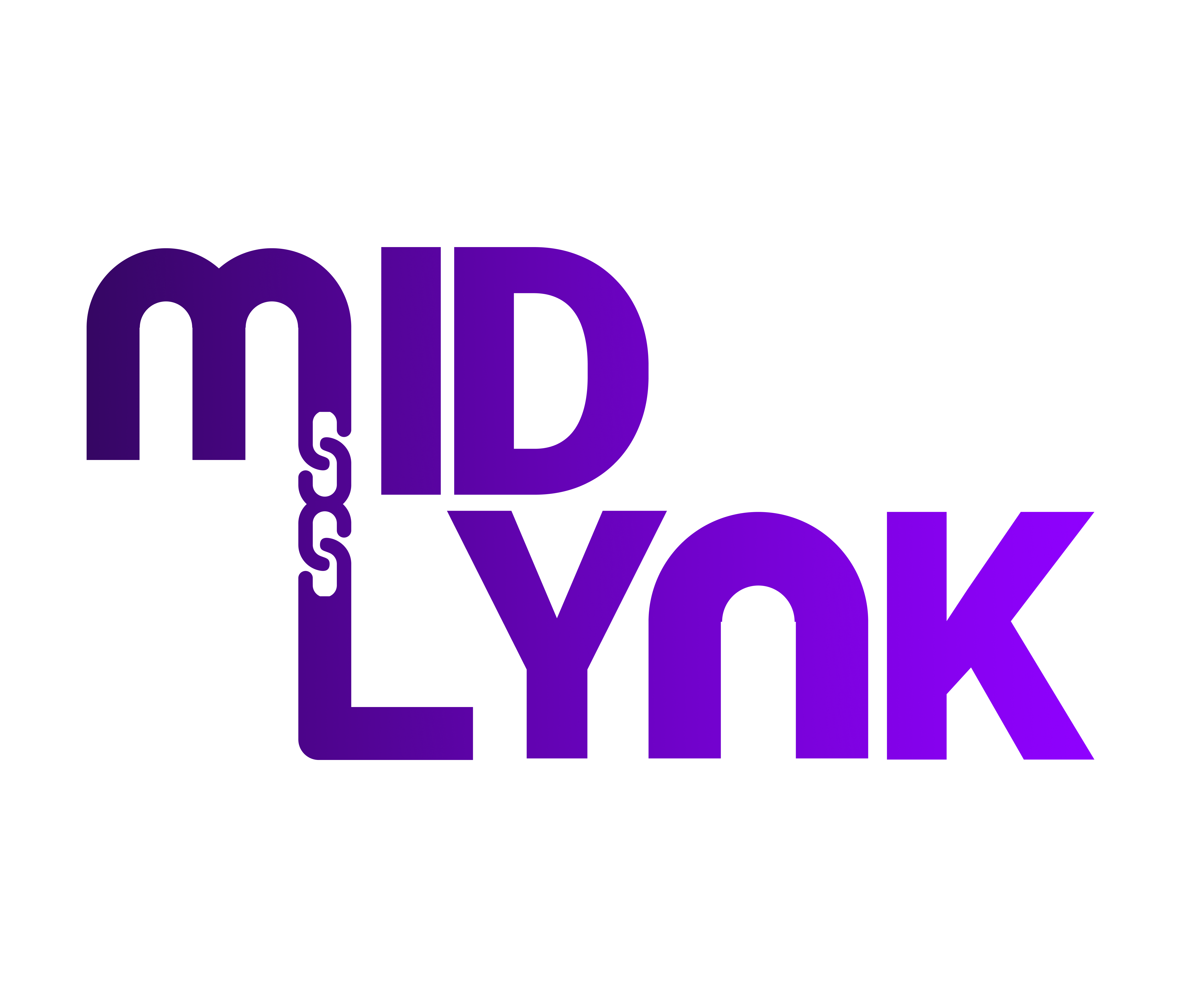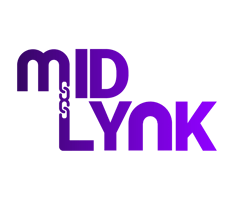In the last five years, the working world has undergone a seismic shift. Where earlier, traditional...
How to write a professional CV or resume
When looking for work in the US, Canada and UAE, you need to create a resume or a CV detailing your education, job experience, or both. A resume or CV helps potential employers get a snapshot of your educational and professional history to ascertain whether your skills are a good fit for a particular job.
However just having a CV isn’t enough. Countries around the world usually have their own special formats. A properly formatted CV is essential to ensure your CV or resume is not only professional, but is also clear and easy to read.
What is a curriculum vitae?
Curriculum vitae (CV) is Latin for “course of life”; it is a professional document that details a job seeker’s experience, education and accomplishments. A CV can also expand to include additional relevant details such as interests and hobbies, fieldwork, coursework and even professional references. In today’s day and age, job seekers include a link to their LinkedIn profile in their CV and, in more technical roles, links to their websites or online portfolios.
Is a CV and resume the same thing?
While countries like the UAE use CV and resume interchangeably, countries like the US differentiate between CVs and resumes, with most jobs requesting CVs over resumes..
A CV is longer than a resume since it includes a lot of additional sections like professional associations, presentations, publications, research and more. CVs are multiple pages long compared to resumes which are usually just one page long.
What should I include on my CV?
The following sections must be included in your CV:
- Contact information including your full name, email address, phone number and physical address.
- Skills and qualifications which are typically a collection of the soft and hard skills you developed across your career history.
- Professional experience such as where you worked, how long you worked there, your job title, your job description and a summary of your achievements and experience.
- Academic history which is typically a list of your schooling from high school onwards. You should include what degree you earned, from which institution, and when you graduated.
- Certifications and licenses which is a list of any certificates or licenses you’ve earned, when you achieved them and what institutes awarded them to you.
The following sections can be included in your CV if you have them:
- Presentations with details on the date, title and venue.
- Publications including full citations, mention of co-authors, dates, summaries, volume number, page count and DOI number.
- Professional associations including the association’s name, dates of active membership, and location or chapter.
- Honors and awards including the name, when you received it, which organization gave you the award, and any additional pertinent details.
- Scholarships and grants including the name of the scholarship or grant, when you were awarded, and which institution awarded you.
Writing the perfect CV
If a CV is composed well, it will ensure potential employers see all the necessary information when considering you for an opportunity. By ensuring your CV is formatted well, is comprehensive and is easy to read, you ensure you are that much closer to landing that job.
Here are four tips to writing the perfect CV:
Font size and type
For improved readability, choose a sans-serif font with a size of 10 or 11. Here are some good fonts you can use:
- Arial
- Avenir
- Calibri
- Helvetica
- Lato
- Roboto
- Proxima Nova
- Verdana
Margins
Your margins should be between 0.5 inches and 1 inch. Small margins will make the page look too busy, whereas large margins will leave too much white space.
Spacing
The more time you spend working, the longer your CV will be. Here are some tips around effectively using the page space while making your CV easy to read:
- Use bulleted lists to make data easy to read
- Use headers to distinguish sections
- Bolden relevant keywords
- Exclude irrelevant information, eg. experience or education older than 15 years, or expired certificates
Proof
Proofread your CV before sending it to a potential employer. Look for grammar, syntax and spelling errors to demonstrate professionalism and make your CV more readable. Have a fresh set of eyes read through your CV to catch potential mistakes you may have missed.
Midlynk’s CV writing tips
Format, format, format!
Choose the right format for your experience. Ensure to include your professional experience in the first page, followed by your educational history. If you have any more relevant accomplishments and skills, add them after the essential information.
If you are a fresh graduate, you might not have any work experience. In this case, start with details of your educational history with emphasis on any projects or accomplishments. On the other hand, if you’ve been working for 20 years, starting with your employment history from the last 10 years, followed by your accomplishments and education history might be a good approach.
In general, consider the below order for a typical CV:
- Contact information
- Skills and qualifications
- Professional experience
- Academic history (if you are a fresh graduate, this section would replace professional experience)
- Certifications and licenses
A qualifications and skills section before your work experience is a great opportunity to add keywords such as skills that apply to a job role you are applying for. After this, within your professional experience section, use bullet points to expand on the skills in the previous section, with examples and numbers. Why should you do this? Recruiters have tons of CVs to go through, and using this format will help your CV stand out from the rest; with highlighted keywords and numbers, it will increase the chance of your CV being looked at longer than other applicants. It also has the advantage of ensuring any applicant tracking system (ATS) will pick up on keywords and rank your CV higher.
Tailor your CV for the job application
Every section of your CV must be adjusted to the job position you are applying to. A standard CV that has irrelevant keywords will not help your CV stand out to recruiters and ATS software.
Speaking of ATS software, many companies use ATS software to quickly filter through CVs. The software identifies role-specific keywords and ranks CVs based on whether or not these keywords appear in the CV and how often.
Ensure your CV:
- Incorporates ATS keywords, which are relevant to the specific position you’re applying to
- Avoids column, tables and any other complex formatting that ATS software cannot parse
- Is saved in the right format, which in the case of ATS software could be a .docx format
About Midlynk
Midlynk is a freemium platform that aims to connect jobseekers in Pakistan with companies in the US, Canada, and the UAE. We facilitate the complete hiring process of full-time, part-time, and freelancers in Pakistan, Bangladesh and India both for remote, physical and hybrid jobs. Read more about us here.

